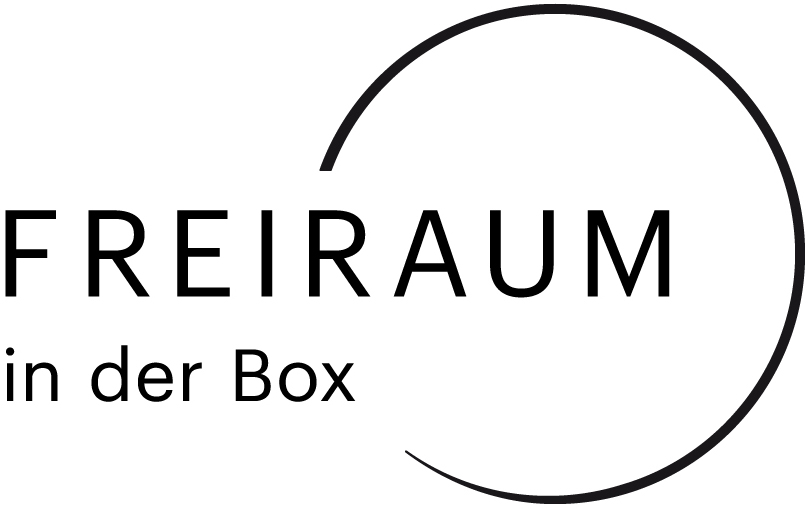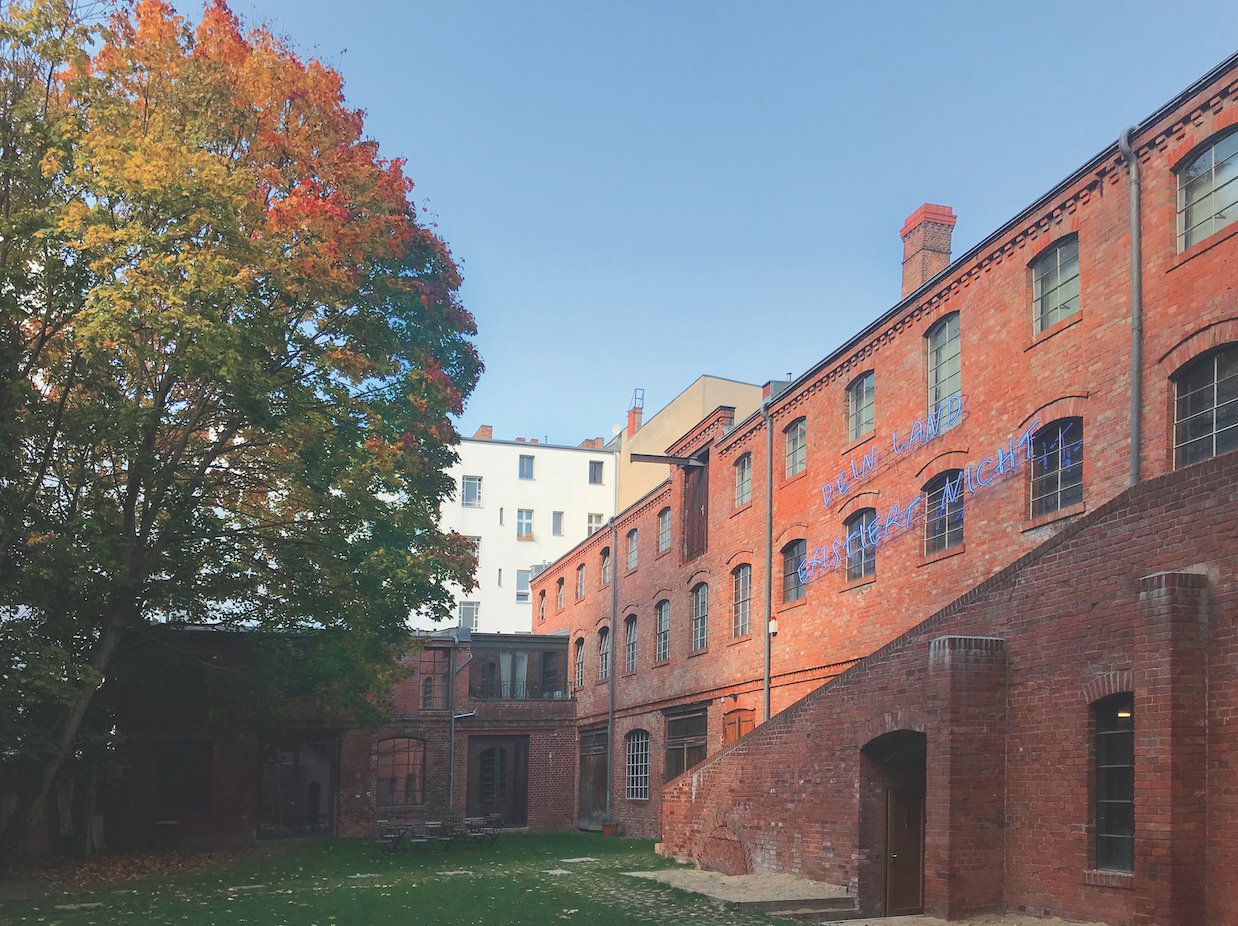5 Questions with Jurriaan Benschop - by Emily Steer, Elephant Magazine
/27. July 2016 | Elephant Magazine
by Emily Steer
As If, At Home – Artists in Europe is currently showing at Berlin’s BOX Freiraum; a show which explores the many voices of Europe via the work of 11 artists, including Mirosław Bałka, Norbert Bisky and Michaël Borremans. ‘I was interested in the richness and diversity that you find in Europe,’ show curator Jurriaan Benschop says, ‘beyond the headlines about economy and austerity.’
Norbert Bisky, 2014, 2014, oil on canvas, 300x250cm
Can you tell me a bit about the work in As If, At Home – Artists in Europe?
Marie Lund, Torso, 2014, concrete and cotton, 70x15x40cm
We have 11 artists participating in this exhibition. They work in different places in Europe, have different cultural backgrounds and the type of work they make is diverse, ranging from narrative to abstract, and from movie to sculpture or painting. For instance in the video Stereotypical Conversations by Irina Botea, you see four people discussing cultural differences between Romanians and Americans. It seems to be a documentary about people having left their home country, but then you find out it is actually a staged conversation and it becomes a reflection on how history is told. On the other end of the spectrum we have a painting by Sean Scully. It’s an abstract painting, with horizontal color bands, you cannot really say what it is about, but when you stand in front of it, you feel it is a generous work, it has a strong human presence and brings you ‘home’ in another way. So the exhibition moves between concrete stories about identity or ‘home’ to works that are harder to define.
What was it about these artists that interested you? Did a particular artist spark the whole project?
Ali_Kaaf, Helmet No.4, 2012, blown glass, 27x17x17cm
There is in each of the works a combination of visual attraction and a deeper layer or interest. I have been traveling through Europe over the past years and have visited a lot of artists. I was interested in the richness and diversity that you find in Europe, beyond the headlines about economy and austerity. There are many perspectives on history, and a lot of artists have an interest to relate to that in a personal way.
Ali Kaaf is a Syrian artist who has been working in Berlin for a long time. His works in the exhibition are called ‘Helmets’, and indeed they have the form of a helmet and they make you think about war. But they are glass sculptures, delicate, fragile and beautiful. Quite the opposite of what you expect of a helmets. These kinds of contradictions, you find in several works.
How do you feel contemporary artists’ approach to the current issues faced by Europe differ from their predecessors?
Flo Kasearu, Estonian Dream, 2011, videostill
While several 20th century art movements found their inspiration in the idea of avant-garde–proclaiming a new style and breaking with tradition–currently I see a generation of artists who are very much interested in their past. Many Eastern European countries went through big changes, after 1989. Allies changed, the connection with West European countries was intensified, and the free market conquered their countries. This brought enormous changes in daily life, and the artists want to know more about the time before they were born, or they delve into the circumstances of their childhood. The question of origin is important to them, to understand the present.
Lia Kazakou, Untitled, 2015, oil on canvas, 50x60 cm, courtesy: Donopoulos IFA, Thessaloniki
Do you think the arts can shape events as much as take inspiration from them? Could this group of artists, perhaps, bring a positive impact to the topics discussed that extends wider than their direct viewers?
Sean Scully, Landline Inwards, 2015, oil on aluminium, 216x191cm
Looking at this show makes you realize how complex and rich Europe is. The artists don’t have simple answers to the challenges of our time, but they look at things with curiosity. They are trained in questioning the visual reality around us. Since we live in a world where images have a huge impact, also in politics and journalism, we need people with an unconventional and independent view on things. I don’t see artists as activists or politicians, but they can warn us, they can create distance from a certain discussion, they can broaden the perspective and they can lift the spirit. For artists the personal experience is important, they don’t just believe what they see, they want to find out for themselves if something is true or valid. We can find inspiration in that.
Do you feel there is a sense of ‘European art’ as a whole, that can be categorised in that way, or do these artists come from a strictly global movement?
The artworks in this exhibition are made by artists who have a certain amount of freedom in thinking and acting, and who have the opportunity to develop themselves as human beings. Sovereignty, and respect for the individual are at the heart of their imagination. I see these as European values. But this does not mean that you can see a European school or style, or that the art works look alike. On the contrary. It is a continent that brings forth very diverse approaches. It matters where you are based; there is always a local context that informs the work. Think about the landscape, the beliefs, the political climate, the welfare, the religious attitudes, the (lack of) tolerance that surrounds you. The artists in this show have their own specific artistic researches as a starting point, but then, through that, they relate to bigger stories and they show their work on global platforms.
Michael Borremans, The German, 2003, pencil and gouache on cardboard, 17,5x13cm, courtesy: Zeno X Gallery, Antwerp
‘As If, At Home – Artists in Europe’ is showing until 31 October 2016 at BOX Freiraum, Berlin.









